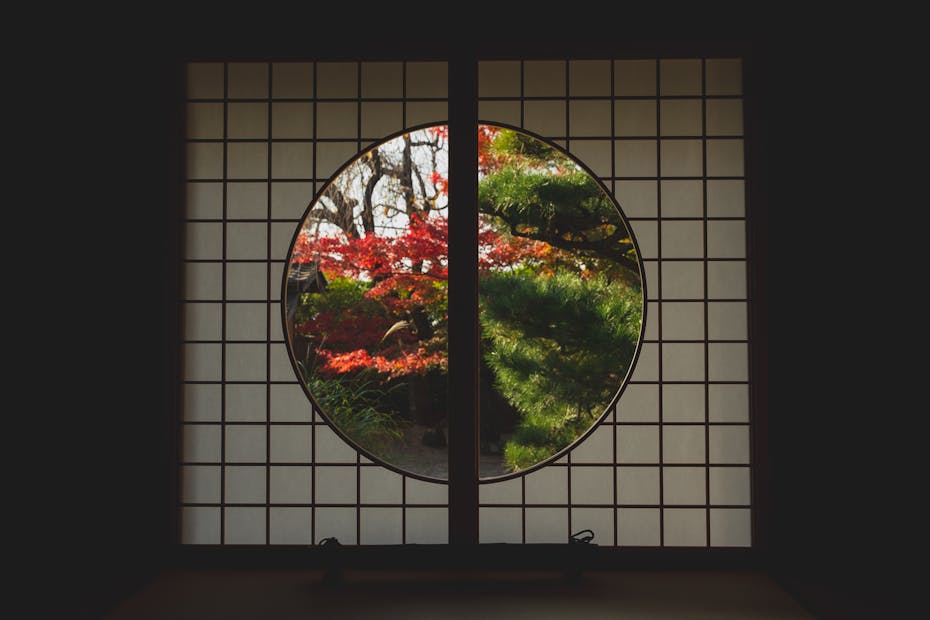Architecture is traditionally viewed as a static art — a collection of fixed forms and structures designed to stand the test of time. However, some of the most profound and memorable architectural experiences come from buildings that are not static but dynamic. These structures interact with the natural cycles of weather, light, and seasons, creating spaces that evolve and transform throughout the day and year. This approach, known as architectural timing, embraces temporality as a central design principle, forging a deeper connection between the built environment, nature, and human experience.
Understanding Architectural Timing
Architectural timing is the intentional design strategy that integrates time-based natural phenomena—such as sunlight, shadows, wind, temperature changes, and seasonal variations—into the core concept and physical form of a building. Rather than isolating buildings from nature, this method allows them to respond and adapt, enriching how occupants perceive space and environment.
The philosophy behind architectural timing encourages designers to think beyond static appearances and consider the rhythms of nature as fundamental tools in shaping spatial quality and function. By doing so, architecture becomes a storytelling medium, revealing narratives through light, movement, and climatic shifts.
The Role of Light: Sun as a Dynamic Sculptor
Natural light is perhaps the most expressive element in architectural timing. The sun’s path changes hourly and seasonally, affecting the intensity, angle, color, and duration of illumination inside and outside buildings. Architects leverage these changes to craft dynamic atmospheres, moods, and visual interest.
For example, the design of openings—windows, skylights, clerestories—is carefully calibrated to control how sunlight enters and moves through space. Light can be channeled to highlight textures, materials, or architectural details during specific times of the day. In some cases, sunlight may only touch certain surfaces during solstices or equinoxes, creating moments of architectural drama and symbolism.
Shadows cast by structural elements or surrounding landscapes also contribute to spatial dynamics. They can provide cooling shade in summer, sculptural patterns, or even a natural clock marking time visually. The interplay of light and shadow continually reshapes the perception of a place, making architecture feel alive and in harmony with time.

Weather: Designing for Wind, Rain, and Temperature
Weather patterns form another crucial aspect of architectural timing. Wind direction, rainfall frequency, humidity, and temperature cycles influence building comfort, durability, and interaction with the environment. Architects incorporate features that enable buildings to adapt and respond dynamically.
Operable facades and adjustable louvers allow controlled ventilation and shading, responding to daily and seasonal weather changes. For instance, a building may open up to capture cooling breezes during hot days or close tightly during storms to protect occupants. Rain screens, permeable cladding, and water drainage systems are designed to handle precipitation efficiently while also contributing to aesthetic qualities.
Temperature fluctuations over the day and across seasons affect material choices and building massing. Buildings with heavy thermal mass can absorb heat during the day and slowly release it at night, moderating indoor temperatures naturally. This passive thermal regulation is a form of architectural timing that reduces reliance on mechanical heating and cooling.
Seasonality: Celebrating Cyclical Change
Seasonal changes offer opportunities for architecture to reflect and celebrate natural cycles. The building’s orientation, landscaping, and materiality can all be designed to interact with the yearly rhythm of nature, enhancing user comfort and creating meaningful experiences.
Deciduous trees, for example, provide dense shade in summer while allowing sunlight to warm spaces in winter. Views are framed to highlight seasonal variations in vegetation, weather, or light. Interior spaces may shift in function or ambiance according to the season, such as sunrooms that transform from cold refuges to warm social hubs.
Seasonal architectural timing also holds cultural and symbolic significance. Many ancient and traditional buildings align with solar events such as solstices, equinoxes, or lunar cycles, connecting human activity to cosmic rhythms. Contemporary architects continue this legacy by designing spaces that reveal special effects or unique light patterns at specific times of the year, creating a poetic dialogue between time, place, and architecture.
Iconic Examples Demonstrating Architectural Timing
Several renowned architectural works embody the principles of timing, showcasing how buildings can evolve with nature’s cycles.
- The Pantheon, Rome: Its central oculus is aligned so that on equinoxes and solstices, sunlight dramatically illuminates the interior in specific ways, reinforcing the building’s symbolic connection to the cosmos.
- Fallingwater by Frank Lloyd Wright: The cantilevered terraces, extensive glazing, and natural materials respond to the surrounding landscape and shifting daylight, integrating the home harmoniously with its forested environment.
- Kiasma Museum of Contemporary Art, Helsinki: Its facade and interior lighting systems dynamically modulate to optimize daylight throughout the dark Nordic winters and bright summers, enhancing visitor experience while conserving energy.
- Al Bahr Towers, Abu Dhabi: These towers feature a responsive facade system that adjusts shading panels based on sun position, reducing solar heat gain while animating the building’s exterior visually over time.
Technology and Architectural Timing
Modern technological advancements have expanded the possibilities of architectural timing. Computational design tools allow architects to simulate sun paths, wind patterns, and thermal behavior throughout the year, optimizing designs for dynamic environmental interaction.
Sensor-driven systems enable real-time building responses—automated shading, ventilation, or lighting adjustments—that adapt to changing weather and occupant needs. Smart materials, such as thermochromic glass or phase-change composites, change their properties according to temperature or light, adding an additional layer of temporal responsiveness.
These innovations empower architecture to be not just passively timed but actively adaptive, creating buildings that evolve fluidly in response to their environment.

Advantages of Designing with Architectural Timing
- Enhanced User Experience: Dynamic spaces stimulate occupants’ senses and emotional connection to their environment. Time-based changes create variety and discovery.
- Energy Efficiency: Passive strategies leveraging natural light, ventilation, and thermal mass reduce energy consumption and carbon footprint.
- Contextual Integration: Buildings harmonize with their natural and cultural settings, strengthening place identity and sustainability.
- Narrative and Symbolism: Time-responsive design can convey stories, cultural values, or environmental awareness in compelling ways.
Challenges and Considerations
Architectural timing requires deep understanding of local climate, sun paths, and environmental data, as well as careful material and systems selection. Design complexity and costs may increase with adaptive technologies. Maintenance of dynamic elements must also be planned carefully to ensure long-term performance.
Furthermore, balancing aesthetics, comfort, and functionality within temporal design constraints demands multidisciplinary collaboration among architects, engineers, and environmental specialists.
Conclusion: Embracing Time as a Design Dimension
Architectural timing elevates buildings from static objects to living environments in dialogue with nature’s cycles. By designing for weather, light, and seasonality, architects create spaces that are dynamic, sustainable, and emotionally engaging. This approach deepens humanity’s connection to the natural world, fostering environments that resonate with the rhythms of life and time.
In an era increasingly focused on sustainability and biophilic design, architectural timing stands as a powerful strategy to create meaningful, responsible, and beautiful architecture that breathes with the flow of time.
